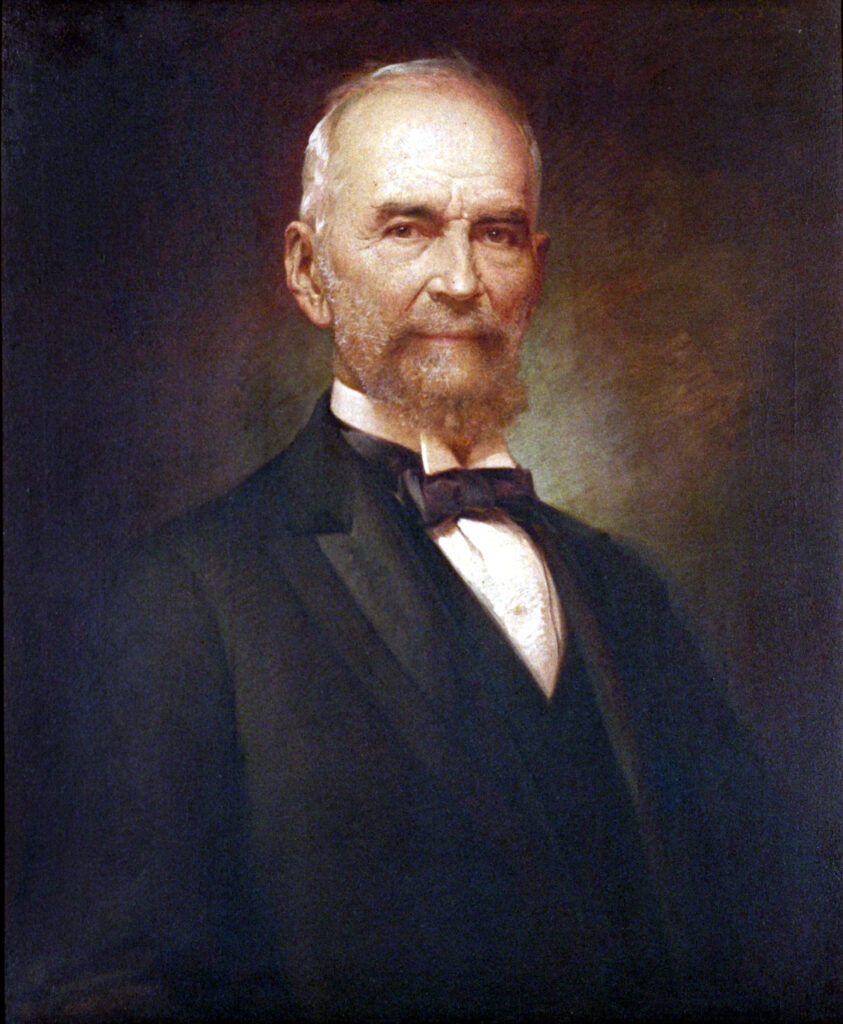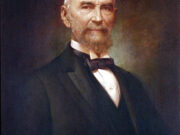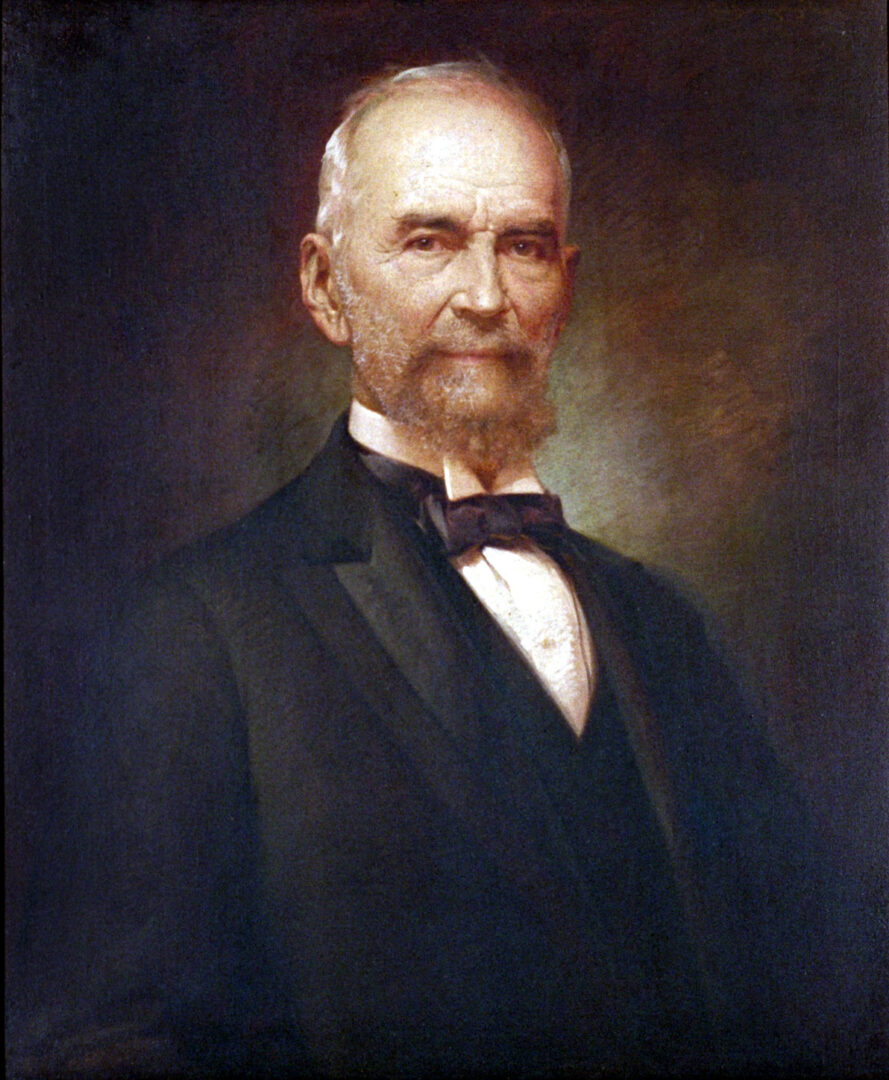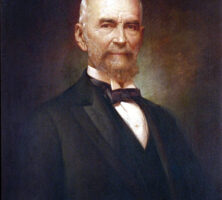Henry McDaniel, a respected lawyer and businessman, served one term as governor of Georgia. His enduring accomplishments as governor include the construction of the state capitol in Atlanta and the establishment of the Georgia College of Technology (later the Georgia Institute of Technology).

Courtesy of Georgia Capitol Museum, University of Georgia Libraries
Henry Dickerson McDaniel was born in Monroe, in Walton County, on September 4, 1836, to Rebecca Walker and Ira Oliver McDaniel. McDaniel moved with his family to Atlanta at the age of eleven and in 1856 graduated from Mercer Institute (later Mercer University), where his father had once been a professor. After a year of studying law, he was admitted to the state bar and began practicing in Monroe with his uncle.
McDaniel participated in the Georgia Secession Convention of 1861, where early in the convention he joined with cooperationists by voting against leaving the Union. By the end of the convention, however, he voted with the majority favoring secession and later enlisted in the Eleventh Regiment of the Georgia Infantry. Rising to the rank of major in the Confederate army, McDaniel served in 1863 with the Army of Northern Virginia at Gettysburg. On the retreat from Gettysburg, he was seriously wounded by a shot in the abdomen and was captured by Union forces soon thereafter. McDaniel spent the remainder of the Civil War (1861-65) hospitalized and imprisoned in Ohio.
After the war McDaniel returned to his law practice in Monroe and married Hester Felker. Her father, a Monroe banker, disapproved of her relationship with the young veteran. Henry and Hester McDaniel were married for sixty years, and his love letters written to her during the war still survive. They had two children, Sanders and Gipsy.
Although he participated in the state constitutional convention in 1865, McDaniel did not fully enter public life until his election to the Georgia General Assembly in 1872. Two years later he entered the state senate and served for three straight terms there.
When Georgia governor Alexander Stephens, former vice president of the Confederacy, died in office in 1883, the president of the state senate, James Boynton, became acting governor. Boynton immediately ordered a special election to fill Stephens’s term. With the Democratic Party’s nominating convention deadlocked between Boynton and A. O. Bacon, journalist Henry W. Grady proposed that a special committee select the nominee. Grady, the famed New South spokesman and managing editor of the Atlanta Constitution, hoped to keep Bacon out of the office and pushed McDaniel’s nomination. McDaniel became governor and was elected for a full term in his own right in 1884.
McDaniel did not allow a bad stutter to handicap his time in office. He improved the state’s finances and greatly reduced Georgia’s bonded debt. Pushing both industrialization and inexpensive, laissez-faire government, he watched over a period of growth and relative calm in Georgia’s history. Dedicated to the premise of a “New South,” McDaniel pushed other internal improvements in the state, including the establishment of institutions for the deaf, blind, and insane.
After leaving the governor’s office, McDaniel spent the rest of his life in Monroe, practicing law and managing his business interests. He died there on July 25, 1926, after a brief illness and was survived by his wife and children. He is buried in the Rest Haven Cemetery in Monroe.






